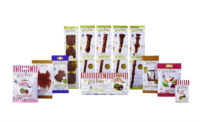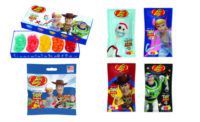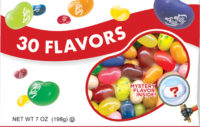Jelly Belly expands at Thailand campus for move into chocolate
After the wild success of BeanBoozled, Jelly Belly Thailand is looking to diversify.

After the wild success of BeanBoozled, Jelly Belly Candy Co.’s Thailand division is looking to diversify with a move into chocolate. Submitted photo.

Colorful Jelly Belly jelly beans are tumbled for shine before packaging. Submitted photo.


Workers, standing next to a cooling tunnel, sort chocolate eggs at Jelly Belly's Thai plant. Submitted photo.

In addition to jelly beans, Jelly Belly's Thai factory is beginning to produce chocolate products such as these chocolate eggs. Submitted photo.

In addition to jelly beans, Jelly Belly's Thai factory is beginning to produce chocolate products such as these chocolate eggs. Submitted photo.

Jelly Belly jelly beans are put into a variety of packages, including standup pouches and plastic bottles. Submitted photo.

Jelly Belly jelly beans are put into a variety of packages, including standup pouches and plastic bottles. Submitted photo.







